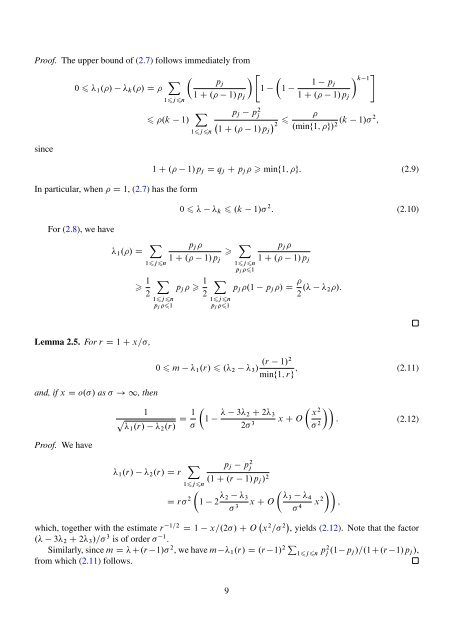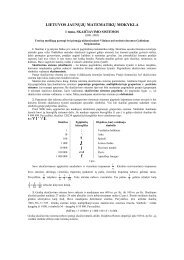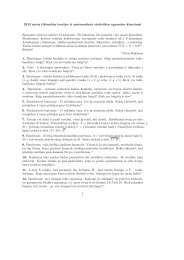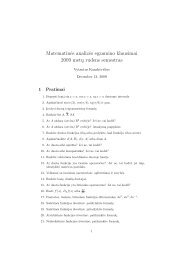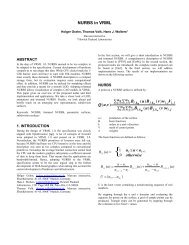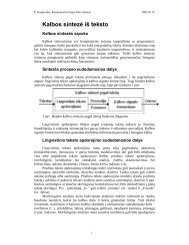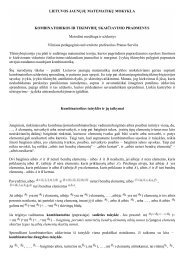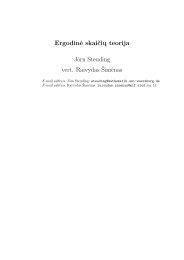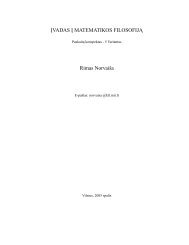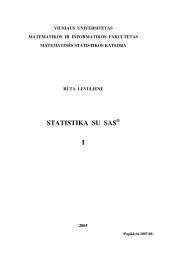Preprint
Preprint
Preprint
You also want an ePaper? Increase the reach of your titles
YUMPU automatically turns print PDFs into web optimized ePapers that Google loves.
Proof. The upper bound of (2.7) follows immediately fromsince0 1 ./ k ./ D X .k1jn " p j11 C . 1/p j1/ XIn particular, when D 1, (2.7) has the formFor (2.8), we have 1 ./ D X 1 21jnp jp 2 j11 C . 1/p j 2 #1 p k 1j1 C . 1/p j.minf1; g/ 2 .k 1/ 2 ;1 C . 1/p j D q j C p j minf1; g: (2.9)1jnX1jnp j 10 k .k 1/ 2 : (2.10)p j X1 C . 1/p jp j 1 2X1jnp j 11jnp j 1p j 1 C . 1/p jp j .1 p j / D 2 . 2/:Lemma 2.5. For r D 1 C x=,.r 1/20 m 1 .r/ . 2 3 /minf1; rg ; (2.11)and, if x D o./ as ! 1, then1p1 .r/ 2 .r/ D 1 Proof. We have1 3 2 C 2 32 3x C O x2 2 : (2.12) 1 .r/ 2 .r/ D r X p j pj2.1 C .r 1/p j / 21jnD r 2 1 2 2 3 3 4x C O 3 4x 2 ;which, together with the estimate r 1=2 D 1 x=.2/ C O x 2 = 2 , yields (2.12). Note that the factor. 3 2 C 2 3 /= 3 is of order 1 .Similarly, since m D C.r 1/ 2 , we have m 1 .r/ D .r 1/ P 2 1jn p2 j .1 p j/=.1C.r 1/p j /,from which (2.11) follows.9


